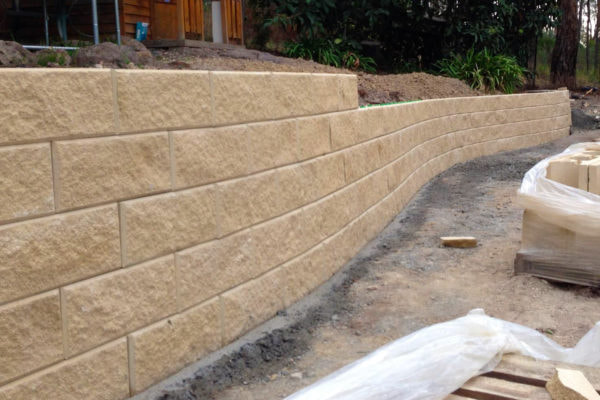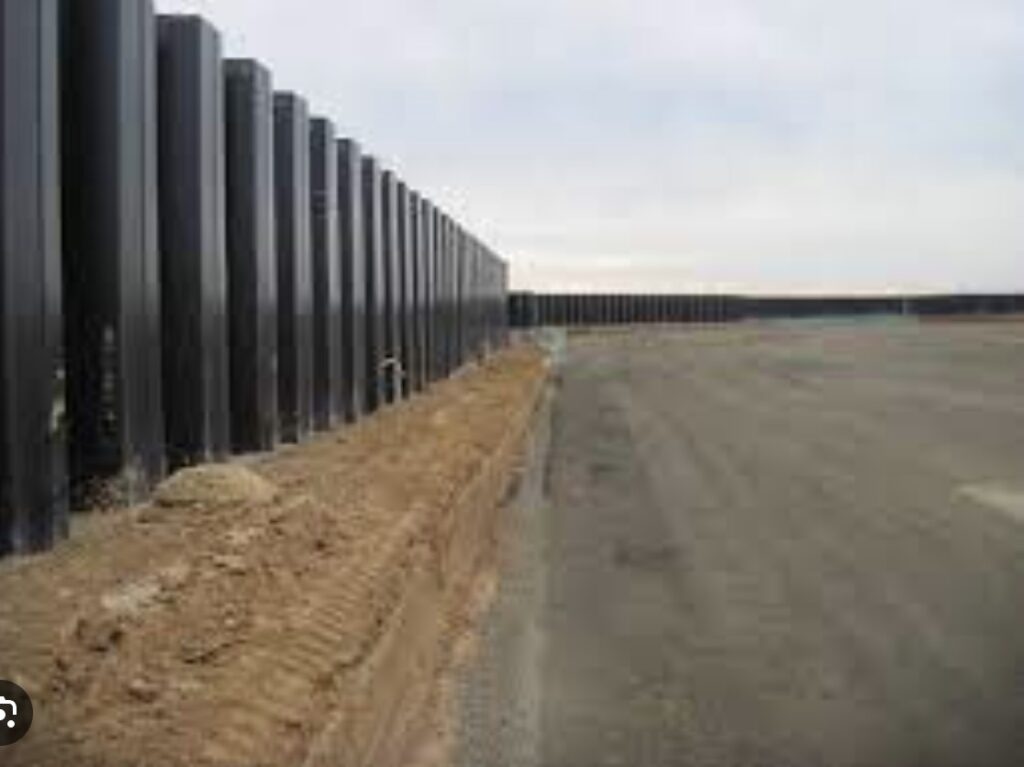Retaining walls have been an integral part of landscapes for centuries, designed to hold back soil and prevent erosion. With advancements in technology, materials used in retaining wall construction have significantly diversified. One such revolutionary material is fiber glass. This article will delve into what fiber glass retaining walls are, their benefits, cost considerations, construction process, and maintenance.
What is a Fiber Glass Retaining Wall?
Fiber glass retaining walls are constructed using panels made from fiber glass, a lightweight and robust material known for its corrosion resistance. These panels are installed vertically into the ground and held in place with a series of sturdy anchors. This creates a solid barrier to hold back soil, serving the same fundamental purpose as a traditional retaining wall but with a uniquely modern twist.
Types of Fiber Glass Retaining Walls
Fiber glass retaining walls can come in a variety of shapes and sizes, tailored to meet the specific needs of the landscape and homeowner. There are two primary types:
Panel Walls: The most common form of fiber glass retaining walls, panel walls, consist of flat panels of fiber glass material. These panels are usually anchored into the ground and provide strong resistance against the pressure of retained soil.
Modular Walls: Modular fiber glass retaining walls come in interlocking pieces, allowing for more flexibility in design. These walls can adapt to curved landscapes and are ideal for smaller areas or decorative applications.

Benefits of Fiber Glass Retaining Walls
Fiber glass retaining walls offer a myriad of benefits, making them a popular choice among homeowners, landscape architects, and builders alike. Here are some of the key advantages of these innovative structures:
Durability:
One of the foremost benefits of fiber glass retaining walls is their remarkable durability. Fiber glass is inherently resistant to rot, rust, and corrosion. It doesn’t degrade over time due to exposure to harsh environmental conditions or termites, unlike traditional materials such as wood or steel. This results in a longer lifespan for the retaining wall, making it a cost-effective option in the long run.
Strength:
Despite being lightweight, fiber glass is extremely strong. It is capable of withstanding substantial loads and pressures exerted by the retained soil. Its strength-to-weight ratio surpasses that of many other common materials used in retaining wall construction.
Lightweight:
The lightweight nature of fiber glass makes it easier to handle during the construction process. This reduces the time and labour required for installation, often resulting in lower construction costs. Its light weight also means less pressure exerted on the soil, reducing the likelihood of ground instability issues.
Design Flexibility:
Fiber glass can be molded into various shapes and sizes, making it adaptable to a wide range of applications. Whether you have a straight, curved, or irregular landscape area, a fiber glass retaining wall can be custom-made to suit your specific needs. Plus, the surface of fiber glass can be finished in different ways to match your desired aesthetic, from a natural stone look to a modern, sleek appearance.
Environmentally Friendly:
Fiber glass is an environmentally friendly option. The production process of fiber glass uses less energy and produces fewer emissions than traditional materials like concrete or steel. Furthermore, at the end of its lifecycle, fiber glass can be recycled, reducing its environmental impact.
Low Maintenance:
Once installed, fiber glass retaining walls require minimal upkeep. Unlike wooden walls that need regular treatments to prevent rot or metal walls that may require painting to prevent rust, fiber glass walls can retain their integrity and appearance for many years with little to no maintenance.
By offering such a robust range of benefits, fiber glass retaining walls present an innovative and practical solution for diverse landscape and soil retention needs.
Factors to Consider When Building a Fiber Glass Retaining Wall
Before starting your fiber glass retaining wall project, you need to consider several factors:
Soil Type:
The type of soil in your area will determine the kind of anchoring system needed for your retaining wall. For example, loose, sandy soils may require deeper or more robust anchors than dense, clay soils.
Wall Height:
The height of the retaining wall affects its design. Taller walls require more robust anchoring systems and potentially more reinforcing layers.
Drainage:
Like any retaining wall, proper drainage is crucial. A well-designed fiber glass retaining wall will include a drainage system to ensure that water does not build up behind the wall, which could lead to wall failure.
Cost of Building a Fiber Glass Retaining Wall
The cost of building a fiber glass retaining wall can vary greatly depending on the size, design, and specific product used. On average, you can expect to pay between NZD $200 to $600 per square meter for materials and installation. Keep in mind that this is a general estimate; actual costs may differ based on your local area, specific project details, and contractor rates.
Steps in Constructing a Fiber Glass Retaining Wall
Building a fiber glass retaining wall involves a series of steps:
Site Preparation:
The first step is to clear and prepare the site where the wall will be built. This involves removing any vegetation, rocks, or debris.
Designing the Wall:
Next, the wall design is finalized. This includes determining the exact location, height, and layout of the wall.
Installing the Anchors:
Once the design is finalized, the anchors are installed into the ground at the designated locations.
Installing the Fiber Glass Panels:
The fiber glass panels are then attached to the anchors. This creates the primary structure of the retaining wall.
Backfilling:
Soil is then carefully backfilled behind the fiber glass panels, compacted to ensure stability.
Drainage Installation:
A drainage system is installed to ensure water does not build up behind the wall.
Finishing:
Finally, the wall is finished to suit the desired aesthetic. This could involve painting the fiber glass or installing a decorative cover aswell as adding a concrete driveway.
Maintaining Your Fiber Glass Retaining Wall
Fiber glass retaining walls require minimal maintenance. Regularly check the wall for any signs of damage or wear. Inspect the drainage system to ensure it is functioning correctly. Promptly address any issues to prevent minor problems from becoming major repairs.
FAQs
A fiber glass retaining wall offers several advantages, including durability, flexibility, lightness, and environmental friendliness. It’s an innovative solution that combines practicality with modern aesthetics.
The cost of building a fiber glass retaining wall can range from NZD $200 to $600 per square meter, including materials and installation. However, this is a general estimate, and actual costs can vary based on various factors.
Fiber glass retaining walls require minimal maintenance. Regular checks for any signs of damage or wear and a functioning drainage system are usually sufficient for keeping the wall in good shape.
While it’s possible to build a small fiber glass retaining wall yourself, professional installation is generally recommended. The process requires precise planning and execution to ensure the wall is stable and durable. For larger projects, it’s always best to hire professionals.
Conclusion
Fiber glass retaining walls represent a modern, innovative approach to soil retention. With their unique blend of strength, durability, and design flexibility, these walls offer an attractive and practical solution for any landscape. By understanding what goes into building and maintaining a fiber glass retaining wall, you can make an informed decision about whether this type of wall is right for your needs. Contact our Auckland retaining wall specialists today!

